Li-ion batteries and Hydrogen storage can be the game changer
May 7, 2021 5:01 pm
This article talks about the growth opportunities in energy storage sector. It further elaborates the capacity additions, storage technologies that are expected to address the storage challenges and enhance the storage capabilities.
Energy storage in India has been recognised as a key contributor to the climate change. Only 3 percent of the total energy is being stored globally. And with this increased focus on climate change, we can witness a massive shift towards renewable energy. Moreover, the services offered by energy storage technologies at distinct areas in power systems, define their values. Energy management technologies have a huge potential to transform India’s energy and storage scenario.
Demand for energy storage energy management
According to Suseendiran S R, Co-founder, Elicius Energy (incubated by Social Alpha, an entrepreneurship-focused ecosystem), “The growth drivers of the energy storage and management sector in India are innovative manufacturing processes and devices to reduce the capital expenditure and making the technology accessible to a wider sector.” Whereas, according to Ketan Chitnis, VP Stationary BU for Exide Leclanché Energy Pvt Ltd., Nexcharge, “There’s a lot of traction in certain segments like the Telecom segment, Electric buses, two-wheeler, three-wheelers and distributed energy storage. We are seeing that a few OEMs have completely shifted to Lithium-ion batteries and others are at various stages of migrating process.
Energy storage demand in onsite application will account for almost 77 percent of the cumulative market by 2027. Looking at Energy Storage Association of India (IESA) projections, the domestic demand for energy storage is expected to expand at a CAGR of 6.1 percent by 2026. In the purview of this report, Suseendiran says “IESA report clearly outlines different areas where the growth will happen. For instance, the inverter segment is expected to witness exponential growth. The number of start-ups targeting to bring renewable energy to the inverter market is not so large. So, they can find various opportunities to develop innovative products based on IESA analysis”.
Proper framework, infrastructure and technological improvements needed Suseendiran said, “The major disadvantage of renewable energy sources like solar and wind is its intermittent nature. One way to store this energy is to store it in the form of hydrogen by splitting water. The hydrogen can then be used in a fuel cell to produce electricity. Elicius Energy is working towards the development of these fuel cells. Development of fuel cells is a capital-intensive process and bootstrapping is very much impossible. So, one of the biggest challenges for our company is to convince investors to invest in the company. The other challenge will be to set up the hydrogen infrastructure which doesn’t exist in our country.”
Leveraging opportunities to boost energy storage market
The National Mission on Transformative Mobility and Battery Storage is driving companies in the sector to innovate and grow. According to Suseendiran, “Even though India is progressively moving towards increased adoption of renewable energy, the number of industry’s focus to increase manufacturing of energy storage devices is still at the nascent stage. The National Mission on Transformative Mobility and Battery Storage will enable the start-ups and industries to focus on manufacturing energy storage devices and their components.”
Li-ion battery accounts for 40-50 percent of the overall cost of EVs and is the most expensive component of EVs. Indigenous manufacturing will bring down the cost of Li-ion batteries and thereby the cost of EVs. All the foremost OEMs are currently importing batteries from China, Taiwan, and Korea. Various Indian companies have already entered into cell-to pack assembling. But there is a huge opportunity in India for Li-ion cell manufacturing India. Through the Make in India initiative, India will able to compete with countries like China, Australia, Germany, the US, Taiwan, South Korea and other manufacturing countries.
Talking about the Li-ion batteries, Chitnis feels, this a growth prediction for the overall Energy Storage market which includes conventional batteries. There would be conversion in Li-ion batteries which would result in higher growth in Li-ion space. “We are working in almost all the application areas covering a large spectrum of the market. We focus on authentic product development with State-of-art design and R&D facilities, Quality and safety with automation, and economy with scale”, he adds.
Challenges and opportunities in energy storage and management
Energy storage market is poised to expand in the coming decade, with increase in storage alternatives like Li-ion batteries. Moreover, Li-ion is expected to dominate the energy storage and energy management sector in the near future. But cost, affordability and bankability are some of the key challenges towards flow batteries and mechanical storage. Here, “We see that for front of meter (FTM) applications Govt policies are important and the manufacturing-friendly initiatives with Regulatory reforms will help in expanding the storage market in India.
For behind-the-meter (BTM) applications, the challenges are financing & liquidity”, Chitnis explains. Whereas, Vishal Singhal, Co-founder, Temperate Technologies (incubated by Social Alpha), talks about their organisation’s thermal energy storage systems. He says “Temperate Technologies is working on thermal energy storage for air conditioning. This involves generating ice when electricity is abundant, e.g., in the early morning hours and using that ice for air conditioning during peak power demand hours. As demand for air conditioning is rapidly increasing in India.” Interestingly, it is predicted that 45 percent of peak power consumption on the nation grid will increase by 2050, due to the air-conditioning demand.
Thermal energy storage can help in time-shifting the air conditioning load. This can reduce energy costs and CO2 emissions. Our R&D in the field is focused on increasing the end to- end system efficiency of the storage operation and decreasing the upfront cost of the system. Elaborating on the opportunities and latest developments, Suseendiran mention about tubular proton exchange membrane fuel cells. “These cells possess higher gravimetric and volumetric power density compared to the existing planar PEM fuel cells. We are also focusing on reducing the cost of the fuel cells by developing cheaper materials and also by improving the performance of the existing materials.”
Future prospects
Future of Hydrogen energy can be the best alternate fuel. But it will depend on a large ecosystem of production, transmission, and distribution. This will take time to scale up. Also, the safety requirements would be quite stringent. We see a better Ecosystem developing faster for Li-ion batteries. Concurrent research and development activities, and other government initiatives will further propel India’s energy storage and energy management market and make India a global leader in renewable energy and energy storage space.
Cookie Consent
We use cookies to personalize your experience. By continuing to visit this website you agree to our Terms & Conditions, Privacy Policy and Cookie Policy.



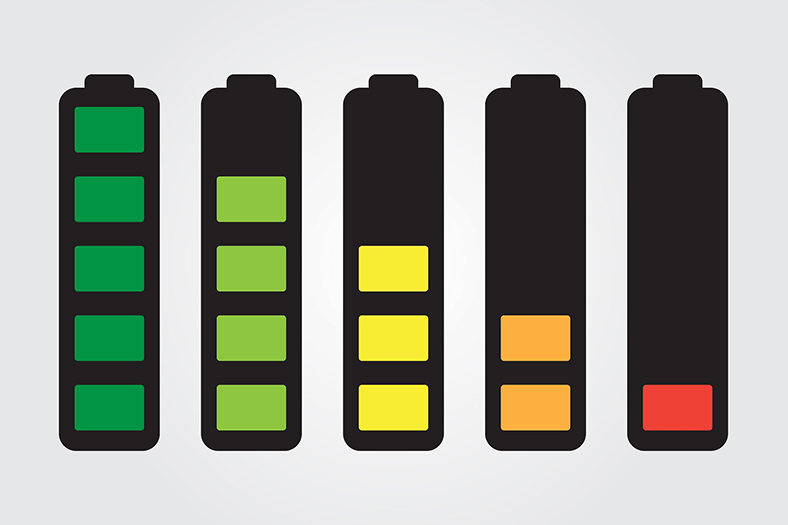
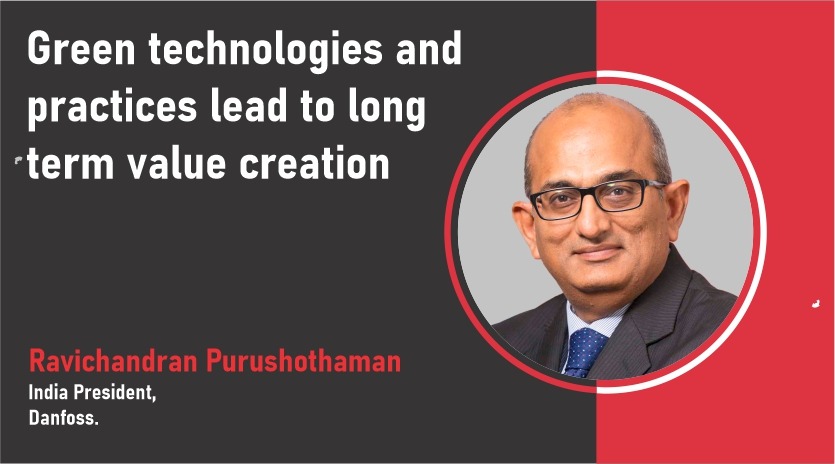


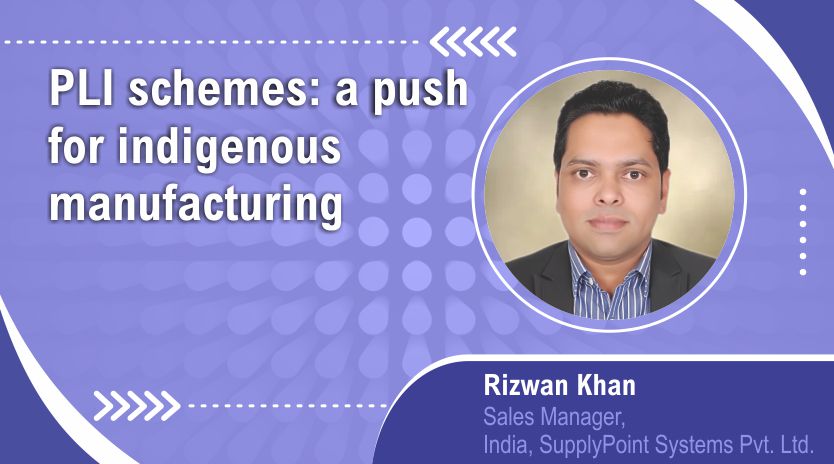
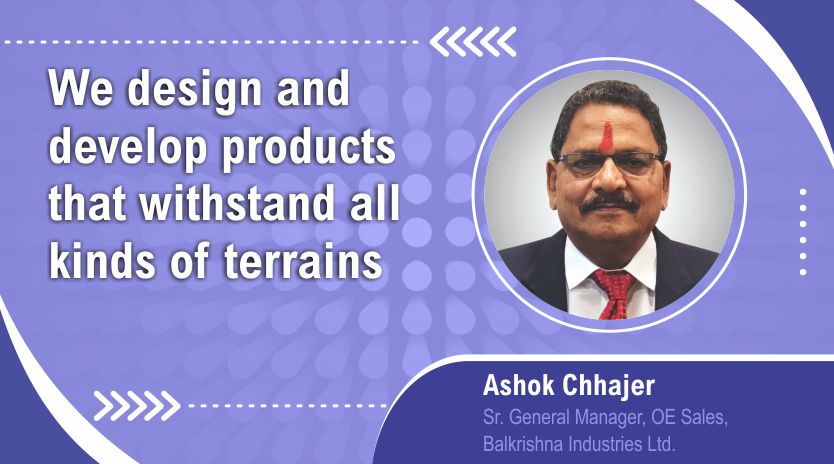
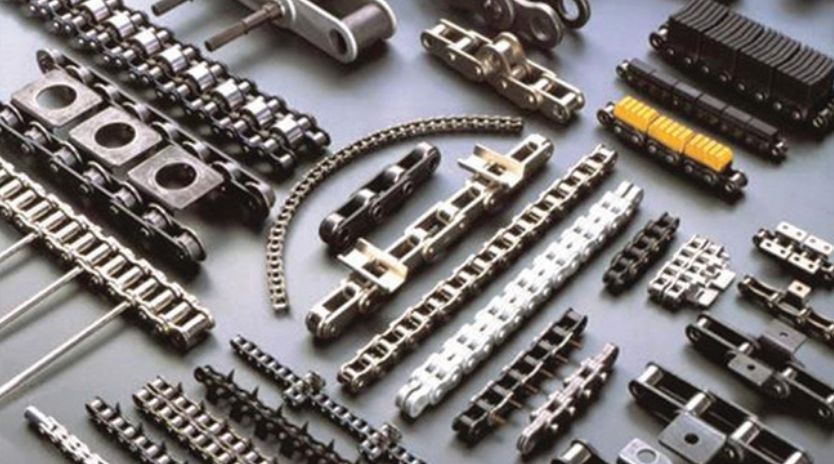
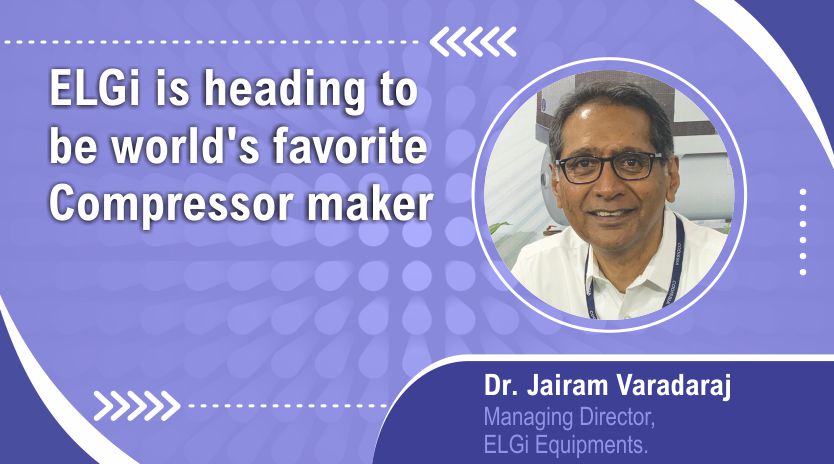

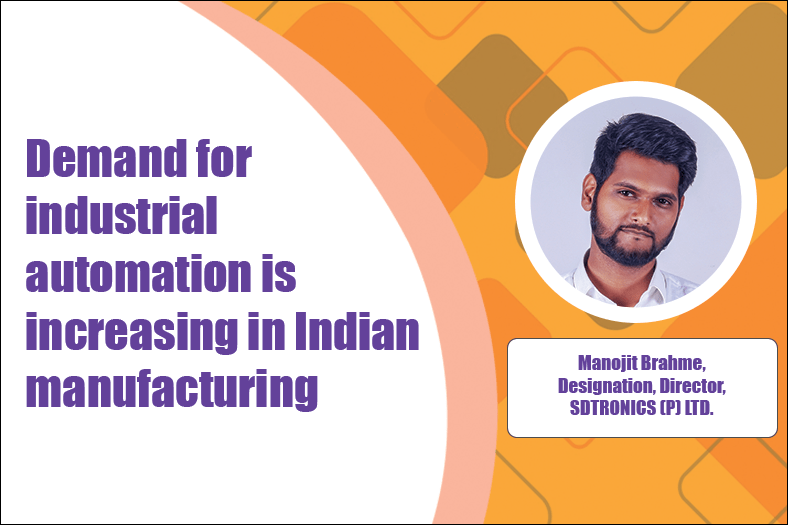




 English
English Hindi
Hindi